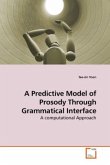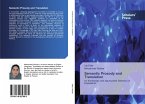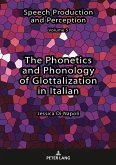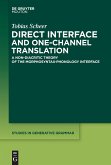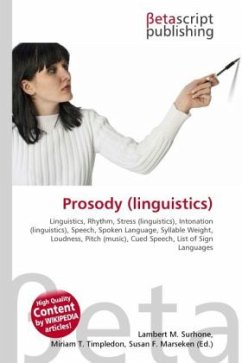Since the mid-1970s, several lines of research have emerged in the study of prosody. The studies of Spanish prosody however, are few and there are differences among the authors regarding their different approaches and perspectives. This work analyzes the suprasegmental features of intonation and rhythm in Buenos Aires Spanish (BAS) comparing and contrasting case studies of normal and pathological speech (e.g. stuttering, hearing impairments and neurological disorders) using the Autosegmental - Metrical model adapted for Argentinean Spanish. This research is also the first application of the theory of Phonology as Human Behavior to prosody. The principles of the theory are used to analyze the prosodic contrasts of BAS speakers in order to distinguish between different kinds of utterance types in the communication process. This book should be especially useful to professionals in the communication sciences and language disorders, and other disciplines including linguistics, social sciences, computer sciences, psychology, first and second language acquisition, and more.

